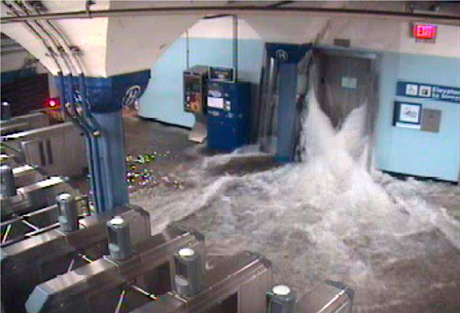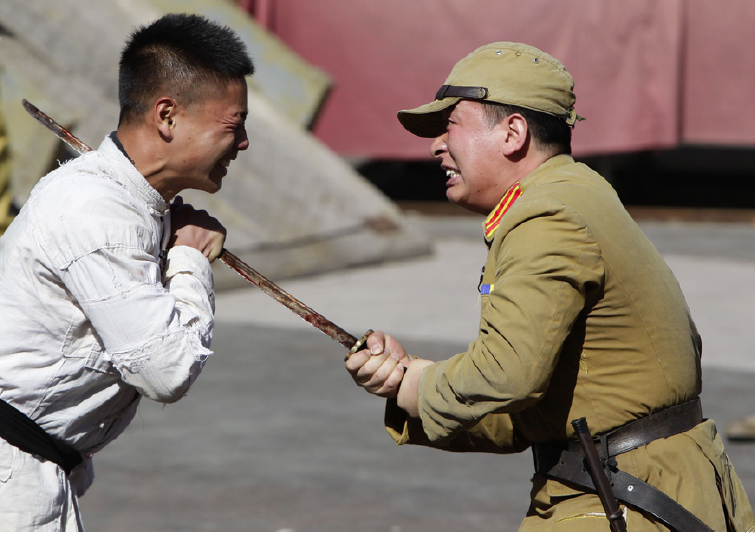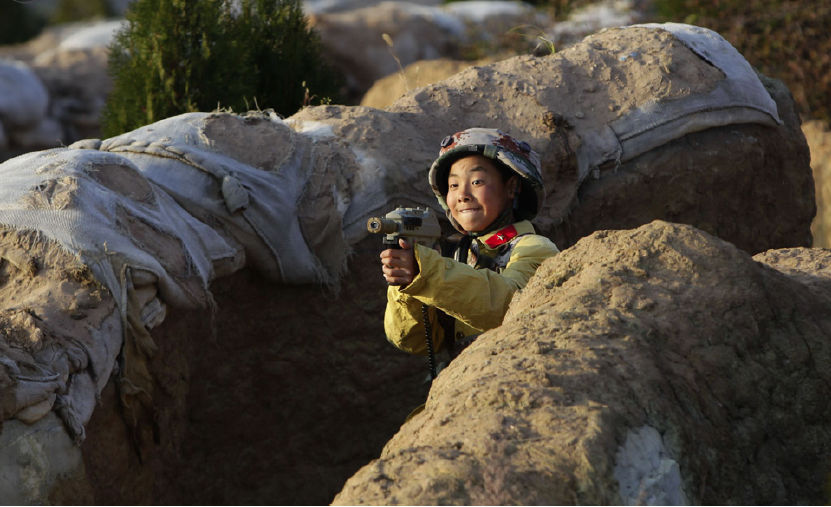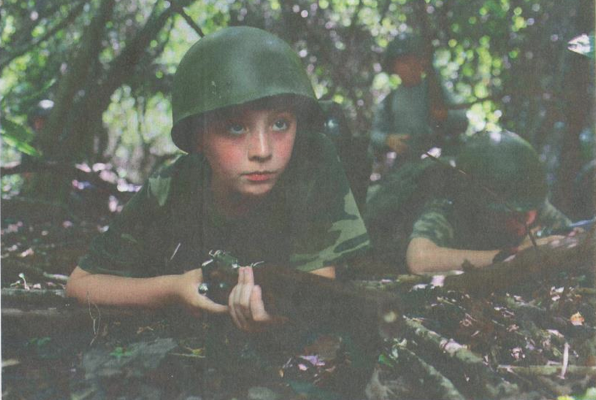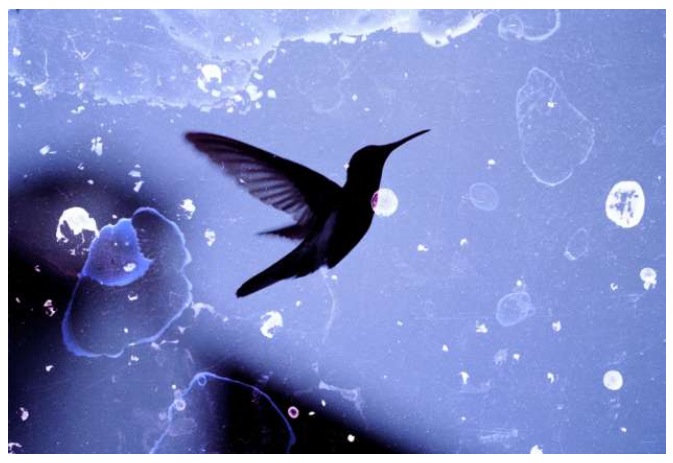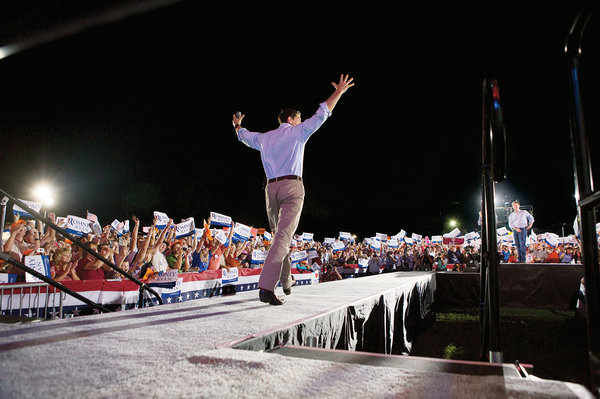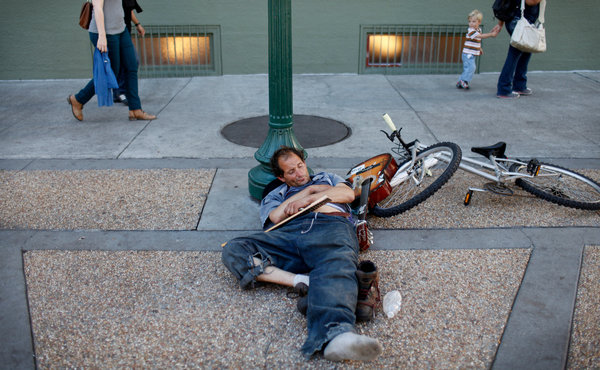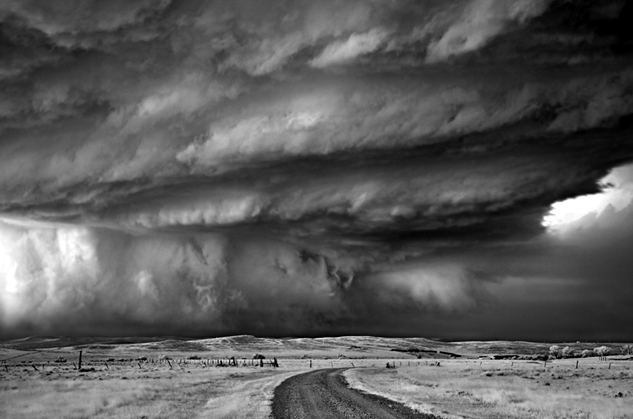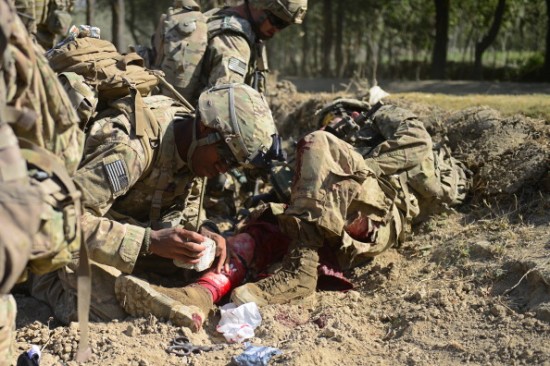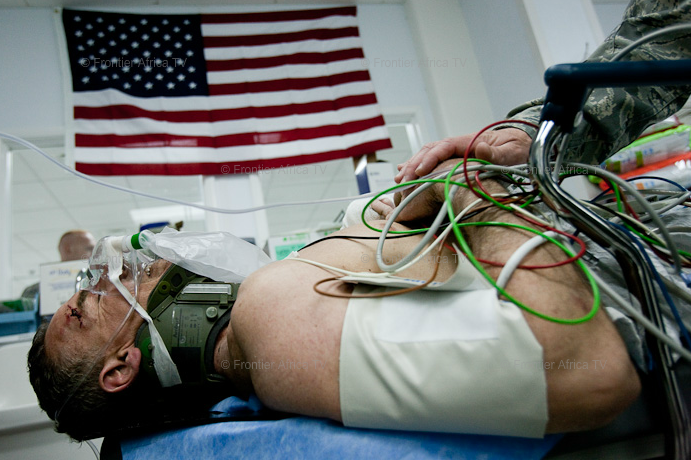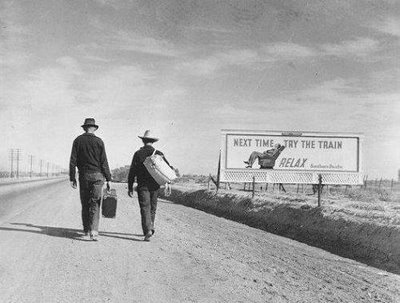There really isn’t much to say, is there? In the real world–the one where climate change isn’t a myth–nature has a way of calling in the chits. If you’ve got a levee, you might be OK, and if not, not. If you have a new electrical grid designed to withstand more than a Christmas card snowfall, then you might be OK; if you have the aging, jerry-rigged network that passes for standard in the US, not so much.
If you understand that it is the job of government to plan, invest, and build as necessary to provide the transportation network, electrical power, clean water, waste management, and other common necessities for the general welfare and individual prosperity, then you know that a natural disaster is not entirely natural, but rather an empirical test of how well a society has been distributing its resources and otherwise making the tough decisions required for sustainability. If, however, you think that government is the problem and that the patriotic thing to do is to drown the beast, well, then I guess you might as well let nature take its course.
Which it will do, which is why I like this photograph.
No one is likely to nominate this image for an award, not least because it was taken by a security camera. You are looking at water surging into the PATH subway station in Hoboken, New Jersey. The station is deserted–good job by the government on that one–and thus its bland, gritty functionality is all the more evident. Electrical cable tubes are exposed along pillar, ceiling, and walls; cheap surfaces, ugly paint, and impersonal signage look no better in the harsh lighting; the scene looks like it was designed more for the machines in the front and rear of the frame than for human beings.
Any subway system is likely to be vulnerable to flooding, and even in the good times it will endure a lot of wear and tear, so functionality is hardly a basis for indictment. Even so, I can’t help but think that this system has been overused and underfunded for too long, and that it is far short of having been retrofitted for better environmental security. And didn’t Chris Christie, the Republican governor of New Jersey, kill an interstate plan to built a new transportation tunnel between NJ and NYC? Well, yes, he did.
Which gets us back to the photo. It would be enough to illustrate that the PATH system was already degraded, already undergoing a slow-moving catastrophe called the Decline of America. But this photo does more as well, for it shows how nature cannot be stopped, cannot be held at bay forever by merely looking the other way and pretending the “once in a century” storms will never happen in this century. (Where I come from “once in a century” floods now come along about every decade. . . .) Floodwaters are no respecter of human habits: you might think an elevator shouldn’t be used to sluice water to where it can do the most damage, but the water has other ideas.
Or, worse yet, no ideas at all: the water doesn’t have to think, and it can’t be lied to. You can’t tell it that climate change isn’t happening or that prudent investment in infrastructure is socialism or that this wouldn’t happen if we had more confidence in the market. In place of that magical thinking (to draw on Paul Krugman’s astute analyses of right-wing ideology), the photo responds with its own fantasy of terror: the waters bursting through the mechanical doors evoke an image from a movie trailer for The Shining, when blood flowed from an elevator like water. Here the water almost flows like blood, that is, as if the arteries in subway system were rupturing.
No matter how you try to describe it, the important point is that nature will not be denied. It can be controlled, but that takes foresight and solidarity and many other political virtues that once were not in such short supply. Maybe, just maybe, there still is time to learn that natural disasters are also products of human obtuseness. If that lesson is not learned, nature some day will reclaim the city. And as in the photo, perhaps by then only the machines will be left to watch as they too are destroyed.
Photograph by the Port Authority of New York and New Jersey.
